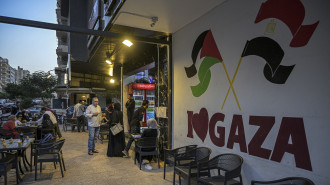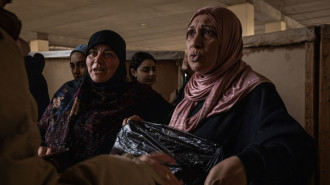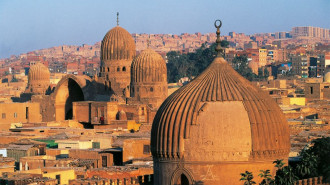Layers of resistance against cultural dispossession: Heritage and the Cultural Struggle for Palestine
With heritage preservation largely recognised as a component of state-formation, it is not surprising that Israel has exerted effort to destroy Palestinian heritage.
On the other hand, the Palestinian Authority's function as leaders of a non-existent state hampered the political struggle inherent in heritage preservation.
De Cesari notes, "States have thus largely monopolised heritage and used it to promote national identification along with political legitimacy and territorial sovereignty."
In Palestine's case, heritage organisations have proved to be more efficient and influential than the PA in countering colonial dispossession and erasure.
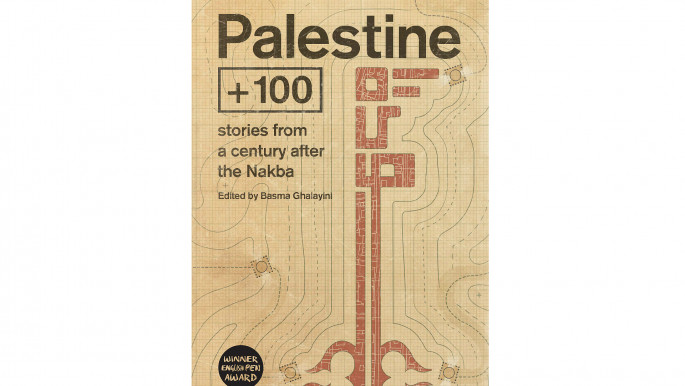 |
|
| Read more from The New Arab's Book Club: Palestine +100: Stories from a century after the Nakba |
Palestinian heritage preservation has transformed over decades, from "heritage as resistance to heritage as development". Yet the political mobilisation is constant.
The author discusses how Palestinian collective memory plays an important role in heritage preservation due to the latter's constant countering of the colonial narrative.
De Cesari writes, "In Israel/Palestine, acts of memory are simultaneously acts of forgetting – and of dispossession too."
Israel's Yad Vashem Museum, for example hides Deir Yassin as a site of Palestinian memory. Likewise, the Israeli colonial narrative is constantly seeking to eliminate the Palestinian Nakba narratives.
The author draws upon specific heritage preservation projects to illustrate how the Palestinian approach differs from the mainstream vision. In Palestine, it is the preservation of buildings, old cities and people's memory that form the foundations of mobilisation for this project that has the potential to influence the concept of a Palestinian state.
In her detailed analysis of the non-governmental organisations, de Cesari expounds upon the political role played by the latter as the fill a void that is exacerbated by the state's absence.
From resistance to preservation of heritage, NGOs have also been part of the transformation that works to counter the Zionist military and colonial occupation. De Cesari takes the reader through a historical overview from the British Mandate to the emergence of Palestinian nationalism to show the process of the national struggle and, as a result, the construction of heritage as a "means of anti-colonial resistance."
In particular, she shows how heritage "emerged as a key practice thanks to its adoption by the women's movement in the resurgent national struggle."
 |
In Palestine, it is the preservation of buildings, old cities and people's memory that form the foundations of mobilisation for this project that has the potential to influence the concept of a Palestinian state |  |
The concept of heritage as resistance, the author explains was central to heritage preservation "especially because the Oslo Accords did not bring about the realisation of that promise and the end of dispossession."
One facet of heritage preservation is the restoration of houses, which NGOs also describe as countering Israeli settler-colonialism. In this regard, NGOs have stepped into a form of resistance which the PA has been incapable of, thus increasing the divide between political representation and the people.
In Hebron, for example, the author states, the Hebron Rehabilitation Centre is more influential than the PA. As a result, heritage preservation is also amalgamated to the issue of human rights.
Notably, the PA is viewed as an outsider body by Palestinians. De Cesari states, "The logic of Palestinian state building post-Oslo was shaped by the fact that the agreements put into power an outside elite."
Most heritage practitioners interviewed by the author for her research admitted to viewing the PA as obstructive or absent. On the contrary, in Hebron for example, the residents are viewed as "active political agents working towards the future state." The author's interviewed with Palestinians who intended to work with the PA in heritage preservation yet became disillusioned are particularly insightful as the concept of heritage as national survival is closer to the people than the political echelons.
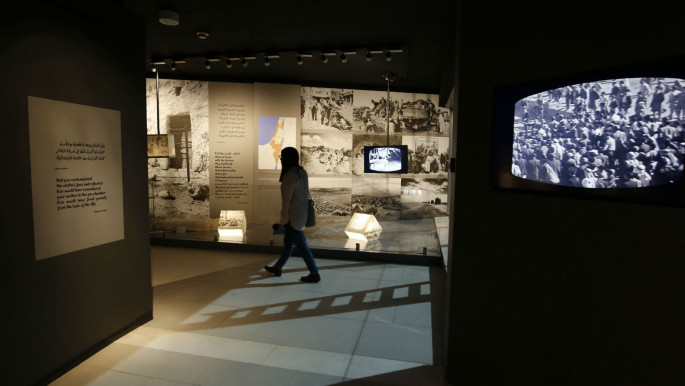 |
|
| A gallery in the Yasser Arafat museums in Ramallah [Getty] |
The divide in perceptions of heritage is summed up thus by the author: "In the field of heritage, civil society organisations take care of the recent past, the focal points of the nation's heritage, while the PA ministry regulates an archaeology of colonial legacy."
A regards heritage, De Cesari also explains how spaces for Palestinians to interact with heritage have not materialised with the PA. In turn, this has diminished the PA's possibilities to put itself at the helm and include Palestinians in "the imagined community of the nation."
The book also delves into the concept of museums to highlight the absence of a Palestinian national museum and how the Mahmoud Darwish Museum and the Yasser Arafat Museum are perceived as the PA's domains. The subject of museums is also discussed as a relic of colonial domains and the author asks, "Can Palestinians use the "master's tool" (museums as colonial institutions) to demolish the colonial "master house"?"
De Cesari's rigorous analysis takes the reader through a web of complexities which show the different dynamics of heritage. A meticulous treatise indeed – the book makes for valuable reading, in particular when it comes to understanding the many layers of resistance against cultural dispossession and Israel's colonial violence.
Ramona Wadi is an independent researcher, freelance journalist, book reviewer and blogger specialising in the struggle for memory in Chile and Palestine, colonial violence and the manipulation of international law.
Follow her on Twitter: @walzerscent


![Palestinians mourned the victims of an Israeli strike on Deir al-Balah [Getty]](/sites/default/files/styles/image_684x385/public/2024-11/GettyImages-2182362043.jpg?h=199d8c1f&itok=xSHZFbmc)


![The law could be enforced against teachers without prior notice [Getty]](/sites/default/files/styles/image_684x385/public/2178740715.jpeg?h=a5f2f23a&itok=hnqrCS4x)
 Follow the Middle East's top stories in English at The New Arab on Google News
Follow the Middle East's top stories in English at The New Arab on Google News
